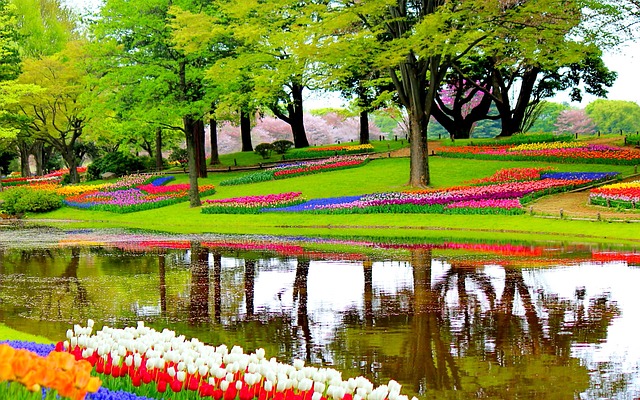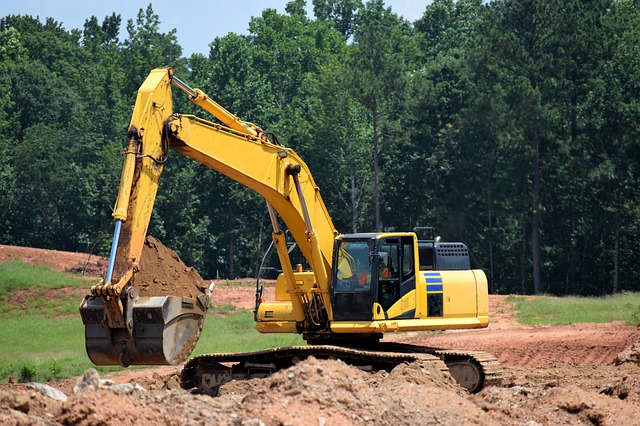
Where should the process for creating a winning landscape start?
The answer is not easy because there are so many considerations for even the smallest projects.
Many clients collect ideas for inspiration for years, only to realize that can make their vision fuzzy. They hire a landscape professional who inquires about their budget, and that only adds to the confusion.
Creating winning landscapes is a creative process. It seeks to translate a vision into the best possible reality for the intended budget. Fortunately, there are ways to make it relatively stress-free.
More than anything, the primary job of the landscaping process is organizing landscape elements so that they can be assembled. This makes for a smooth transition to the practical work of landscape construction.
It starts with a unified theme that acts as a filter that simplifies decision-making. This brings clarity to the pieces of the puzzle that will ultimately realize that vision.
Many landscape designs get tangled or run out of control. This leads to costly production delays and rework, not to mention the maintenance nightmares that can follow. Don’t let that happen to you.
There is a way to create landscaping that checks all of the boxes, and that can be done in as few as six steps. Here’s what that looks like.
#1. Sharpen Your Vision
The surest way to have a beautiful landscape project is to clarify your vision before designing.
Study the current trends and weigh the pros and cons of those ideas. This is the most important step in the design process. The greater the clarity the better. Don’t even think about signing a construction agreement without a clear vision of the completed result.
There is a difference between creating a design and building one.
Many people believe the creative process is mostly accessing the subconscious mind. That’s part of it, but you also need a clear picture of the destination before you can start building the path to get there.
Have a vision. Start with the end in mind.
#2. Trust Your Style
If your vision is a representation of the completed landscape your style is what makes it personal. Your style is a theme that explains why that landscape exists, how it will be used and appreciated, and by whom.
A theme brings clarity to the vision by highlighting its purpose. This purpose becomes a filter that simplifies the identification of the necessary landscape elements.
Your personal style is something that may not be easily communicated, but you know what it means to you. It will come through if you make the effort to capture it in words, colors, textures, and then choose landscape elements that express those qualities.

#3. Respect The Land and Environment
You’ll maximize the utility of the landscape’s elements by making the most of the current topography. For most landscapes, this may involve the soft shaping of the land to accommodate surface drainage.
If architectural elements are involved, you should consider existing and planned structures and the spaces that connect them. Consider the views you want to maximize, such as framing horizons and further emphasizing them from different viewpoints.
Conversely, you’ll want to minimize objectionable views or influences such as traffic noise or screening a planned swimming pool area for privacy.
This is truly the beginning of the jigsaw puzzle that is the landscape design. Introducing or changing anything requires consideration of the overall topography and how your landscaping can complement it.
#4. Assemble The Landscape Elements
You may be wondering why budgeting hasn’t been discussed by now. Starting with the budget is the surest way to compromise your vision.
Nearly every landscape element has variable costs. There are large and small trees and expensive, moderate, and inexpensive paving materials. Stay true to your vision and first and then back into the budget.
You want to give the most thought to the permanent elements that carry the greatest value. For example, if a swimming pool is involved in the design you must get that right.
For this reason, you may wish to organize your landscape elements into three categories, living, permanent, and flexible, or temporary. The latter could include outdoor furniture, playsets, and sculptures.
Larger hardscapes and built structures dominate the landscape. Work out their details before moving on to smaller pieces such as the walkways and plantings that soften the edges.
In some communities, landscapes must be at least 35% green space to manage the heat and water that hard surfaces retain. So, check the local guidelines to be sure.

#5. Balance The Construction Budget
A skilled landscape professional will know how to phase in your project if that becomes necessary. He or she will plan for the least disruption of the current landscape to accommodate new phases.
Don’t forget that each phase requires mobilization. This can be as much as 5% of the cost for each phase. Thus, breaking a project into 3 phases may increase the total cost up to 10% for the 2nd and 3rd phases.
When choosing landscape elements it helps to identify a high, medium, and low-cost alternative for each. This could be small, medium, and large plantings or slightly different plant species.
For hardscapes, the material costs are one factor and so is installation labor. Combining both into a unit cost per square foot makes budgeting easier.
Finally, to further simplify your budget consider trading off high, medium, and low-cost versions of each element to get the project cost in balance.
#6. Plan for Maintenance and Upgrades
Do you know why nearly every landscape buyer demands low maintenance? He or she has experienced or heard about a newly built landscape project that is falling apart.
These unfortunate circumstances are typically not maintenance problems. They are design problems.
Personal style and preferences all make landscape designs better. And you should get everything you want from your outdoor environment.
However, there are trade-offs because the landscape elements have to work together. For example, plants drop leaves that discolor hardscapes and their root systems can compromise them too.
Landscape designing is a dance that seeks to incorporate your lifestyle preferences into a unified plan that considers its long-term use and care
The art of that balance requires weighing priorities. It’s important to understand the maintenance requirements to sustain your landscape vision.
Making that part of the plan from the beginning will give you confidence your landscaping is beautiful and promises to last for years to come.
We Can Help
At Proactive Landscaping, we feel our relationships with clients are ongoing opportunities to deliver more than is expected. We’d love to talk about how we can make your next landscape project amazing!

